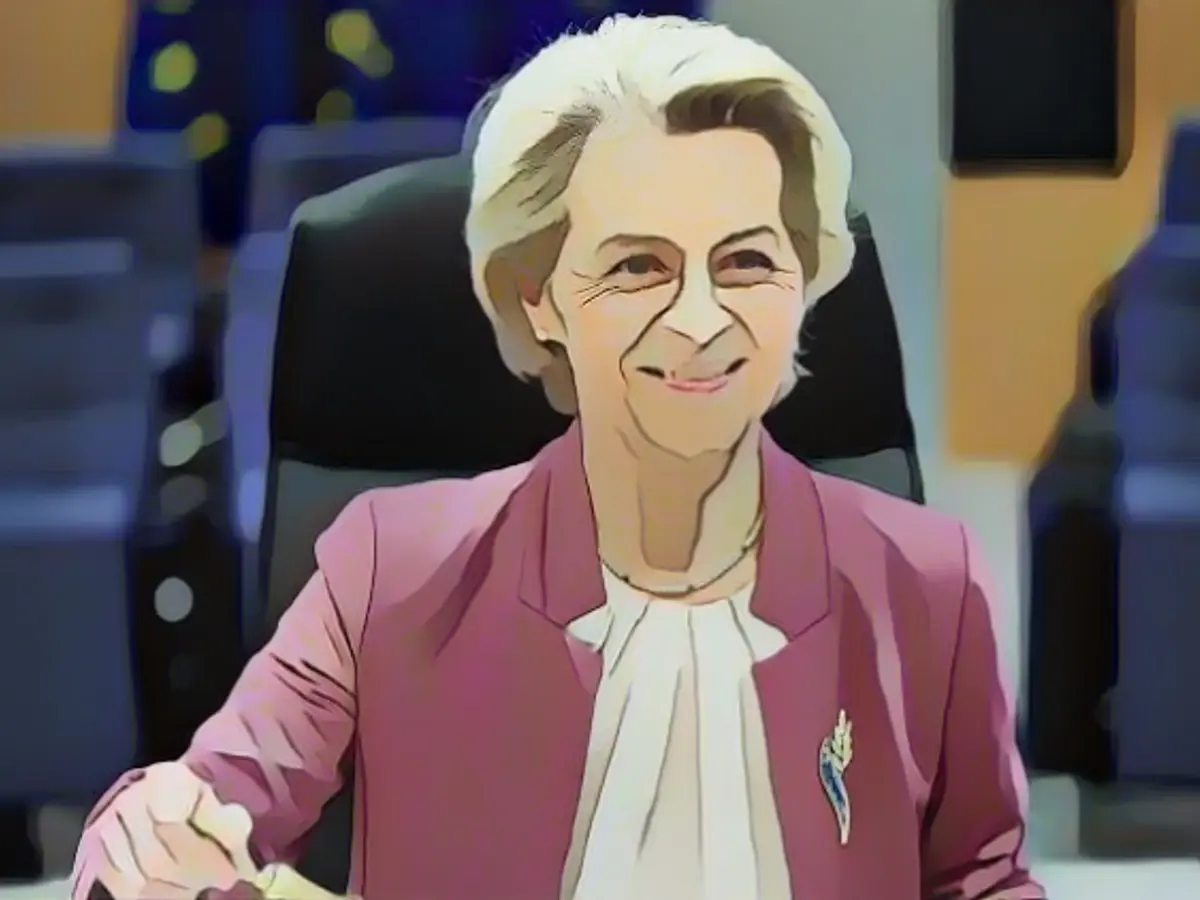ECB Sticks to Its Stance, Sparks Rate Cut Speculation
In a move that has left the financial world buzzing, the European Central Bank (ECB) decided to keep its key interest rates unchanged at 4.5%. This decision, made at a meeting of the ECB Governing Council, came despite a significant drop in inflation and growing economic concerns.
The market, however, is betting on a spring rate cut, having witnessed the US Federal Reserve maintaining its rate for the third consecutive time while hinting at potential future cuts.
The eurozone's inflation rate has taken a surprising dip recently, falling to 2.4% from 2.9% in October. Economists, nevertheless, anticipate rate cuts in the coming year, cautioned by ECB President Christine Lagarde's warning against celebrating inflation's decline prematurely. Lagarde stressed the importance of remaining vigilant until inflation returns to the medium-term target of 2%.
Bundesbank President Joachim Nagel echoed her sentiments, deeming it premature to lower rates or discuss potential cuts.
Inflation in the eurozone dropped dramatically in November, according to Eurostat, the statistics office. Consumer prices increased by only 2.4% compared to the same month the previous year, contrasting with last year's double-digit inflation rate resulting from the Russian invasion of Ukraine.
The ECB aims for stable prices with an inflation rate of 2% for the euro area's 20 member states in the medium term.
The eurozone's economy is facing headwinds too. The third quarter witnessed a 0.1% contraction in economic output, following a 0.2% growth in the second quarter after the initial year's stagnation.
After a string of ten interest rate hikes to combat high inflation, the ECB finally paused its tightening strategy in October, allowing the rates to remain expensive for loans, which can constrain demand and fight high inflation.
Key Insights
Despite market expectations of around 100 basis points of rate cuts in 2023, analysts predict that the refinancing rate may hover around 2% by mid-year. This prospect is due to the ECB's uncertain economic outlook, sticky services inflation, and an industrial recession, amongst other factors.
However, financing conditions remain tight due to the restrictive monetary policy and previous interest rate hikes. This points to a data-dependent approach by the ECB, which will base its interest rate decisions on inflation outlook, underlying inflation dynamics, and the strength of monetary policy transmission.
In conclusion, the ECB is likely to assess the situation carefully and cutting interest rates might be on the table if the data justifies it. Whatever the decision, it will be decisively guided by the objective of stabilizing inflation at the 2% medium-term target.








